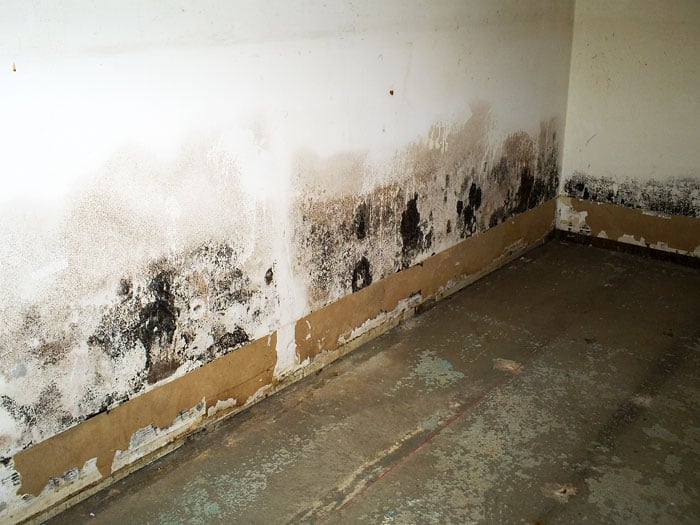Do's & Don'ts of Water Damage.
Request AppointmentJust how do you actually feel with regards to Reducing Your Risk Of Water And Fire Damage At Home?

Water gives life, but water breach on some parts where it's not supposed to be can result in damage and also trouble. In addition, homes with water damage smell old and also moldy.
Water can originate from numerous sources like tropical storms, floods, ruptured pipelines, leaks, as well as drain concerns. If you have water damages, it's better to have a functioning knowledge of safety preventative measures. Below are a few guidelines on how to handle water damage.
Do Prioritize Home Insurance Coverage Insurance Coverage
Seasonal water damages can come from floodings, seasonal rains, and also wind. There is additionally an event of a sudden flooding, whether it came from a damaged pipe that suddenly ruptures into your residence. To secure your house, obtain home insurance coverage that covers both disasters such as all-natural catastrophes, as well as emergency situations like damaged plumbing.
Do Not Fail To Remember to Shut Off Utilities
When disaster strikes and also you remain in a flood-prone area, switch off the main electrical circuit. Turning off the power protects against
electrical shocks when water is available in as water serves as a conductor. Do not forget to switch off the primary water line valve as a way to avoid more damages.
If the floodwaters are getting high, keep your furnishings stable as they can walk around and create additional damages.
Do Stay Proactive and also Heed Weather Condition Alerts
If you live in a location pestered by floods, stay proactive and also ready at all times. Pay attention to the news and evacuation cautions if you live near a body of water like a lake, river, or creek .
Do Not Disregard the Roofing System
Your contractor ought to take treatment of the faulty rain gutters or any kind of other indications of damage or weakening. An evaluation will certainly prevent water from streaming down your wall surfaces and also soaking your ceiling.
Do Focus On Tiny Leaks
A burst pipe does not happen in a vacuum or over night. There are warnings that can draw your interest as well as show to you some damaged pipes in your home. Indications of warnings in your pipelines include gurgling paint, peeling wallpaper, water touches, water stains, or dripping sounds behind the walls. There are indicators that the pipeline will break. If you see these indicators, don't wait on an escalation. Repair and evaluate your plumbing repaired prior to it causes large damage to your residence, finances, as well as an individual problem.
Do Not Panic in Case of a Ruptured Pipe
Timing is crucial when it comes to water damage. If a pipeline ruptureds in your residence, promptly closed off your main water shutoff to cut off the resource and protect against even more damage. Call a trusted water damage repair specialist for aid.
Water offers life, however water breach on some parts where it's not supposed to be can result in damage and hassle. In addition, homes with water damage odor old and stuffy.
Seasonal water damages can come from floods, seasonal rains, as well as wind. Indications of red flags in your pipes include gurgling paint, peeling wallpaper, water streaks, water discolorations, or leaking audios behind the walls. If a pipe ruptureds in your house, right away shut off your main water shutoff to reduce off the resource and protect against more damage.
Some Do's & Don't When Dealing with a Water Damage
DO:
Make sure the water source has been eliminated. Contact a plumber if needed. Turn off circuit breakers supplying electricity to wet areas and unplug any electronics that are on wet carpet or surfaces Remove small furniture items Remove as much excess water as possible by mopping or blotting; Use WHITE towels to blot wet carpeting Wipe water from wooden furniture after removing anything on it Remove and prop up wet upholstery cushions for even drying (check for any bleeding) Pin up curtains or furniture skirts if needed Place aluminum foil, saucers or wood blocks between furniture legs and wet carpet Turn on air conditioning for maximum drying in winter and open windows in the summer Open any drawers and cabinets affected for complete drying but do not force them open Remove any valuable art objects or paintings to a safe, dry place Open any suitcases or luggage that may have been affected to dry, preferably in sunlight Hang any fur or leather goods to dry at room temperature Punch small holes in sagging ceilings to relieve trapped water (don't forget to place pans beneath!); however, if the ceiling is sagging extremely low, stay out of the room and we'll take care of it DO NOT:
Leave wet fabrics in place; dry them as soon as possible Leave books, magazines or any other colored items on wet carpets or floor Use your household vacuum to remove water Use TV's or other electronics/appliances while standing on wet carpets or floors; especially not on wet concrete floors Turn on ceiling fixtures if the ceiling is wet Turn your heat up, unless instructed otherwise

Hopefully you enjoyed reading our article about Preventing Fires and Water Damage In Your Home. Thanks for taking the time to read through our blog post. Remember to set aside a second to promote this content if you appreciated it. Kudos for your time. Visit us again soon.